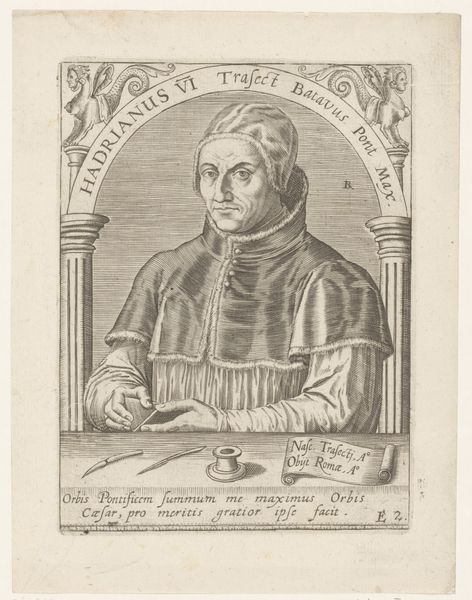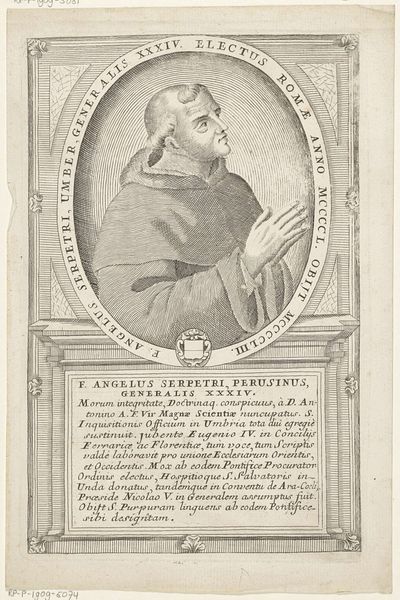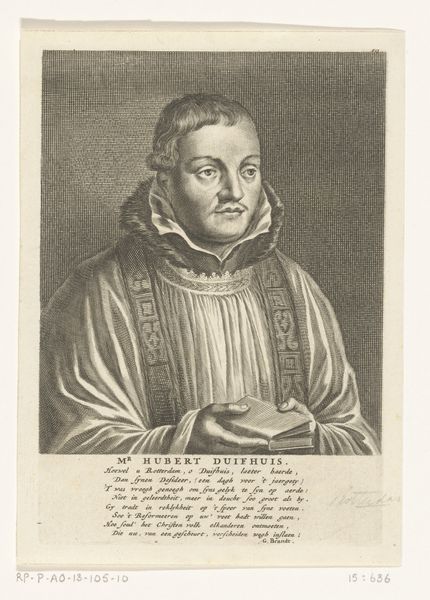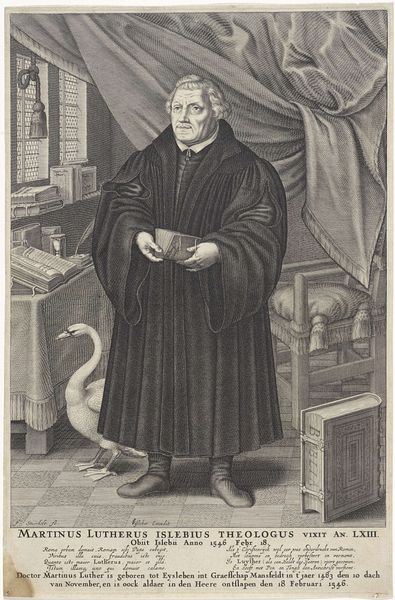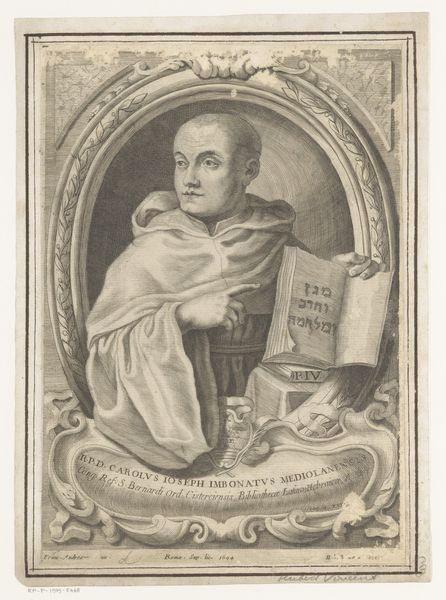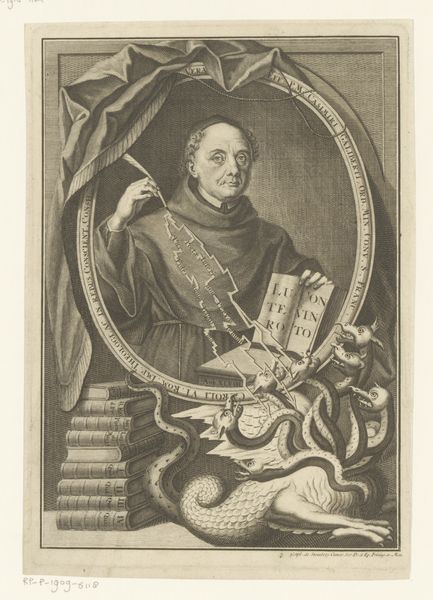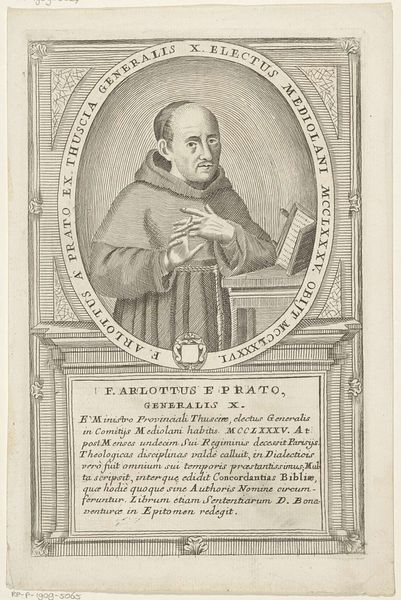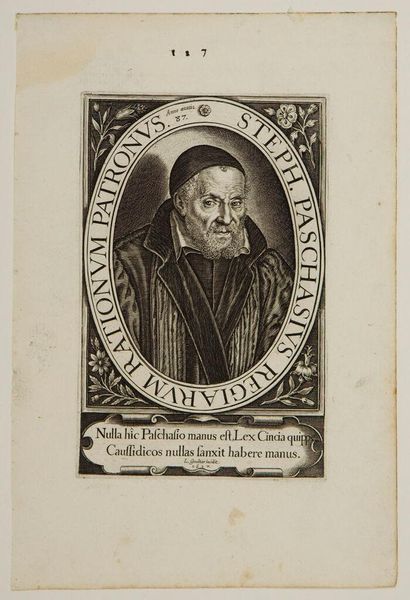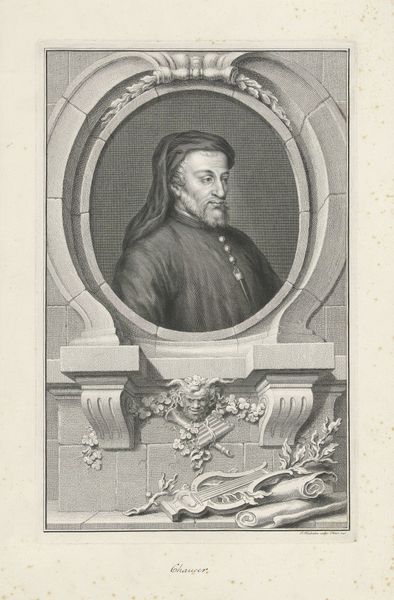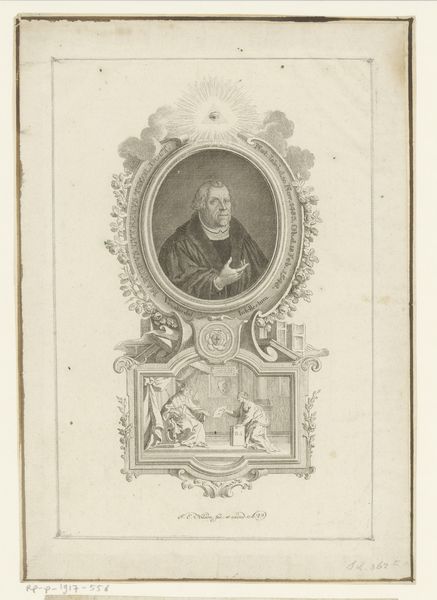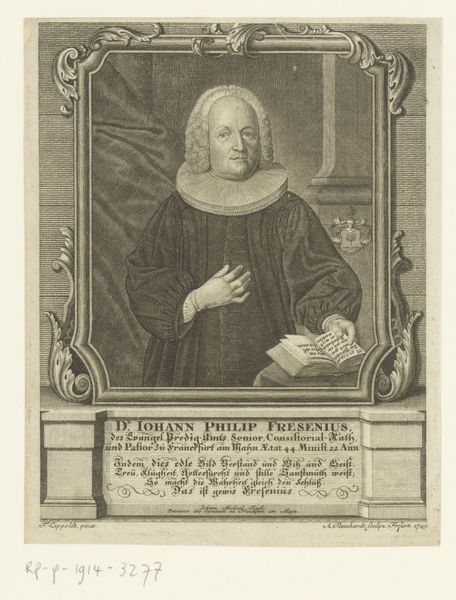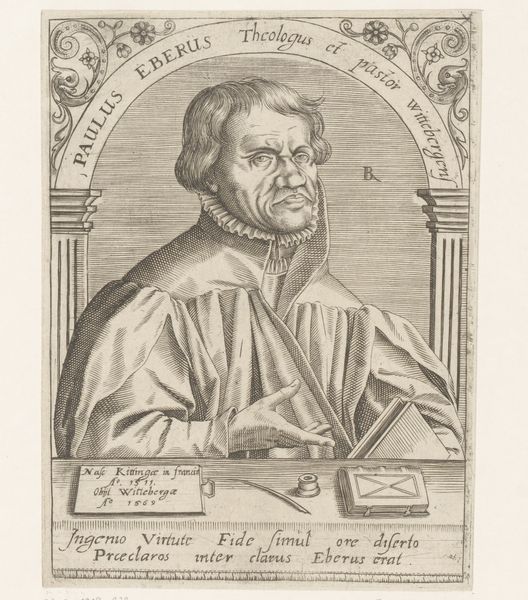
engraving
#
portrait
#
baroque
#
history-painting
#
academic-art
#
engraving
Dimensions: height 368 mm, width 270 mm
Copyright: Rijks Museum: Open Domain
Editor: This is Pieter Tanjé’s "Portret van Maarten Luther," or Portrait of Martin Luther, an engraving from 1754 or 1755. It's incredibly detailed. What do you see in this piece, in terms of its historical impact or even its message about power? Curator: The very existence of this portrait speaks volumes about the evolving social and political landscape following the Reformation. Luther, once an antagonist to established power structures, is here memorialized. It’s vital to remember that depictions like these don't simply reflect reality; they actively construct narratives. Editor: So you're saying it’s not just about likeness? Curator: Precisely. Think about it: who commissioned this work? What purpose did it serve? How does the symbolism of the swan, for example, allude to Jan Hus and situate Luther within a specific lineage of religious reform and dissent? Also, what does it say about the canonization of his image, right? A once-radical figure now enshrined within a more academic framework? Editor: It's interesting how the portrait also reflects shifts in cultural attitudes towards religious authority. I suppose, the portrait also portrays something different, a new way of seeing things… Curator: Indeed. The portrait not only captures Luther’s likeness, but also the transformation of religious thought and expression in society. Considering these aspects makes us think critically about power, representation, and the legacies of individuals who challenged the status quo, right? Editor: I never considered the idea of portraiture as constructing and solidifying historical narratives before. That really broadens my understanding!
Comments
No comments
Be the first to comment and join the conversation on the ultimate creative platform.

